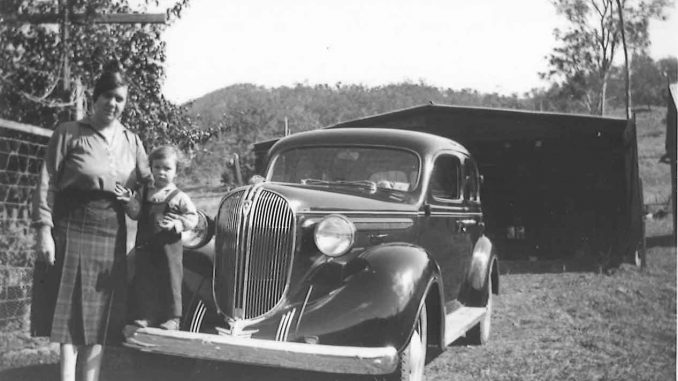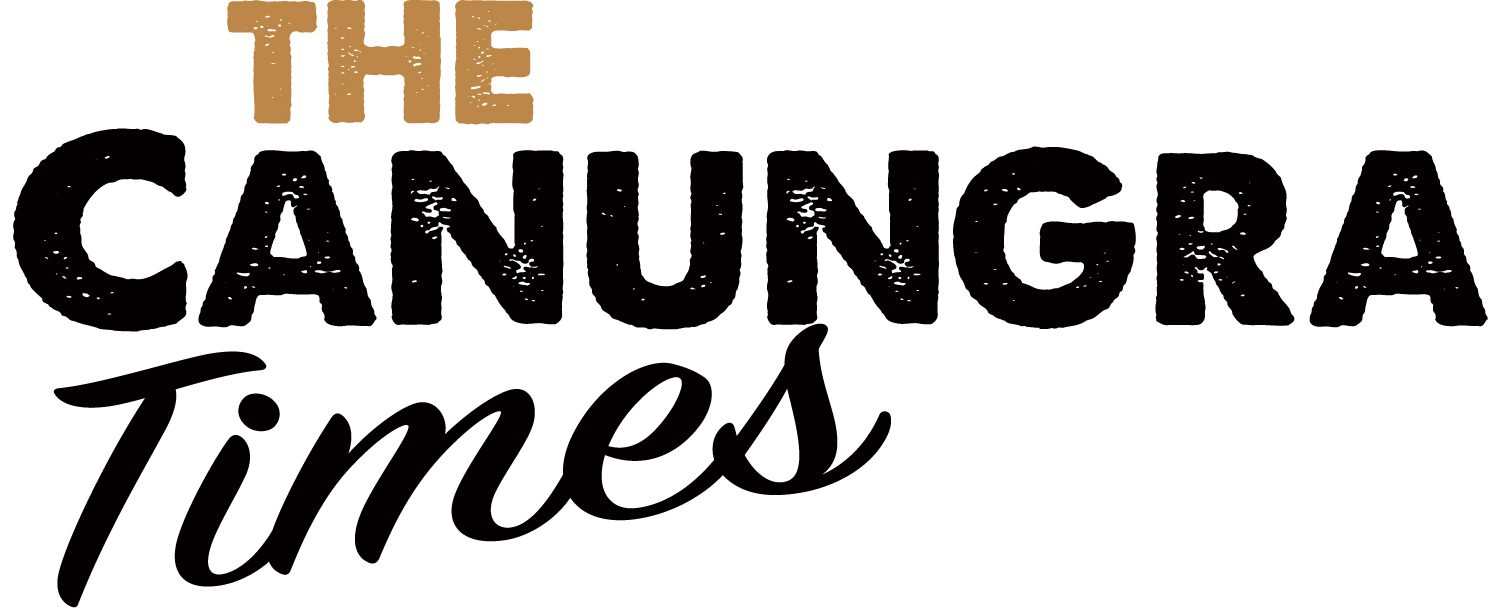
Before we get too steamed up about rising petrol prices, let us go back seventy years to the years of WW2 (second world war 1939 to 1945) and up to 1950.
During this time the war effort was paramount and those of us ‘holding the fort’ at home had to make do!
The Government brought in rationing coupons for essentials such as tea, sugar, butter, meat, clothing and petrol.
In 1942 serious rationing came in for each adult!
112 clothing coupons per year (per person?) were allowed. I do remember being told of one mother who crocheted her daughter’s wedding dress with wool (as wool did not need coupons).
227gms (1/2 lb) of tea was allowed per five weeks.
900 grams (2lbs) of sugar per fortnight.
Approx 2 kilograms (4 lbs) of meat per week.
450 grams (1 lb) of butter per fortnight. As with other families on a dairy we could make our own butter so our coupons were passed on to a large local family.
Later eggs and milk were occasionally rationed.
Petrol rationing was huge – even though few families had even one car – (not one per ‘driver’ as in 2021).
Farmers were given coupons to purchase fuel for their milking machines – they were allotted 18 gallons (approximately 82 litres per two months). For the vehicle they were allowed 17 gallons per month for work and private use.
This would account for my memory of a trip from Canungra Valley in early 1942 to the site of the army base on the Coomera River.
I had to sit on the floor of the old family sulky to visit Dad’s cousin, Uncle George Franklin who owned the area the Army took over to use as a Jungle Training Centre for Australian soldiers who were to go to war in New Guinea.
Also a family trip on a crowded troop train from Beenleigh to Canungra on the knees of an American soldier!


